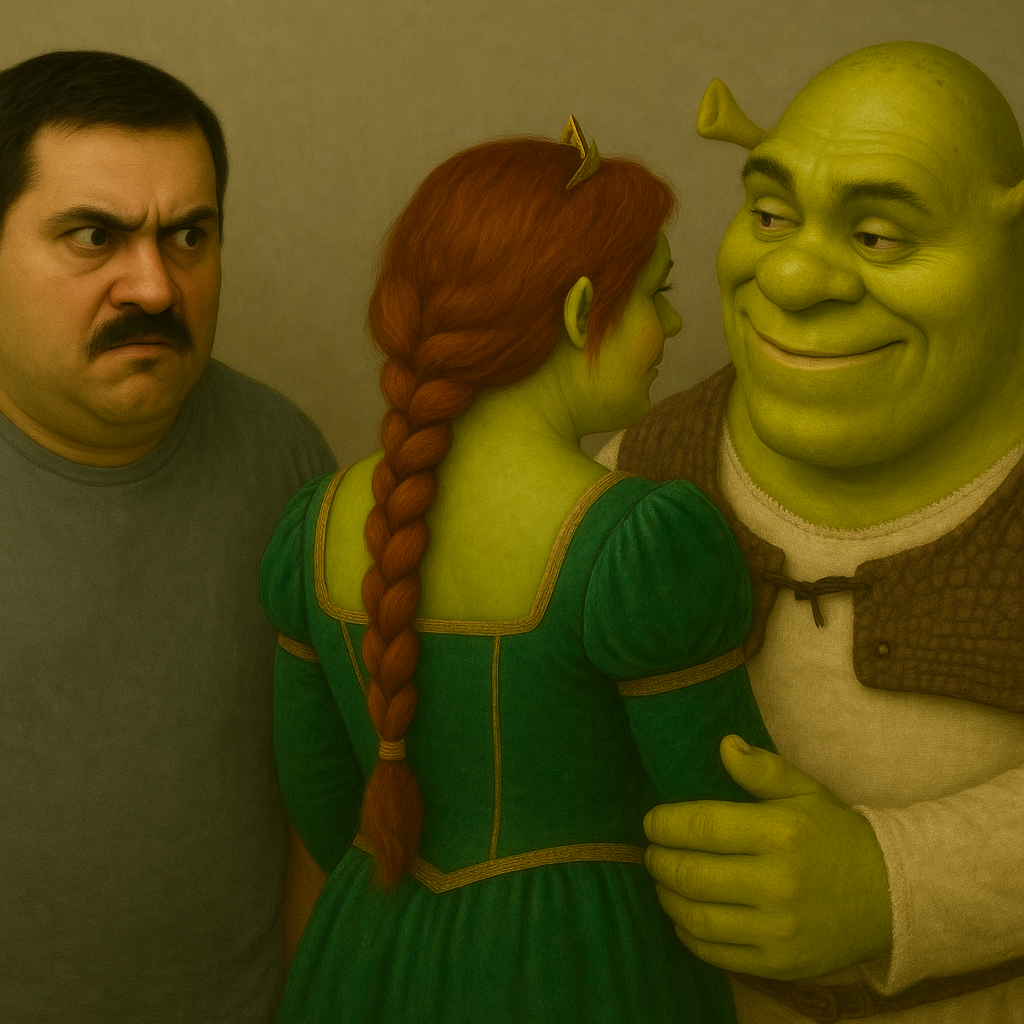-
Posts
3458 -
Joined
-
Last visited
Content Type
Profiles
Forums
Events
Everything posted by Insipid
-

What Are You Thinking About Right Now?
Insipid replied to DragonSinger's topic in General Discussion
Mad Men is on HBO now, and I'm rewatching it. I have the ad version, as it comes free with my phone plan. The thing is this might be the only show where I don't mind getting ads. The whole show is about selling bullshit to Americans, and the ads show what bullshit is being pushed to modern people. -

What Are You Thinking About Right Now?
Insipid replied to DragonSinger's topic in General Discussion
I hate how 80 percent of the time a car horn is used on me the other driver is just being an asshole. I was waiting to turn left at an intersection and another car was coming but the asshole being me was honking his horn. Oh, it pisses me off. 🤬 -
As I grow older I really don't like The Goonies anymore. I still love many corny 80s movies though. One character I really cannot stand is the one girl who said "God put that stone there for a reason." I was so happy when her look-alike character in the first season of Stranger Things got abducted by the Demogorgen and eventually was found dead . . . and it happened cause that Nancy ho was being a ho.
-

What Are You Thinking About Right Now?
Insipid replied to DragonSinger's topic in General Discussion
I seriously don't regularly watch her vids but Packard's friend leathur rokk posted a video on youtube yesterday of her dead mother, that came up on my suggestions. Like, she was on her literal deathbed and she zoomed into her face. I mean . . . crazy bitch. -

What Are You Thinking About Right Now?
Insipid replied to DragonSinger's topic in General Discussion
-

What Are You Thinking About Right Now?
Insipid replied to DragonSinger's topic in General Discussion
I'm not in any rush. My mother has a friend from Ghana and I tried her foods, growing up. She made this one type of jerk chicken and goat curry. It was really good. I don't think she knows how to make egusi soup. I'm pretty sure I knew what I was expecting . . . yeah, the customer service was horrible. I have been to many restaurants of different ethnicities. This was among the worst experiences I've had. -
Evidently held in high regards.
-

What Are You Thinking About Right Now?
Insipid replied to DragonSinger's topic in General Discussion
Sigh, I wanted to try egusi soup and fufu today . . . it smelled like a barnyard. I didn't even try the soup. Waste of 20 dollars. The people at the restaurant were pretty rude too. I was so excited to try it . . . I seriously might cry. 😑 Maybe I'll try again one day, at a better place. -

What Are You Thinking About Right Now?
Insipid replied to DragonSinger's topic in General Discussion
What does protocolpro think? -
Aren't you a discord moderator? Joke's on you.
-
Holiday cheers to everyone!
-

What Are You Thinking About Right Now?
Insipid replied to DragonSinger's topic in General Discussion
I am such a lightweight with alcohol anymore . . . one shot gets me tipsy. Oh well. -

What Are You Thinking About Right Now?
Insipid replied to DragonSinger's topic in General Discussion
I keep getting youtube vids about egusi soup with fufu and I really wanna try it. Fufu sounds so fucking stupid though. -

What Are You Thinking About Right Now?
Insipid replied to DragonSinger's topic in General Discussion
There's the old song, "All I want for Christmas is my two front teeth." In my case, "All I want for Christmas is my two bottom left molars removed." I guess that's not as catchy. 🙃 -

What Are You Thinking About Right Now?
Insipid replied to DragonSinger's topic in General Discussion
A tooth infection is seriously the worst pain. I'm surprised I didn't break down in tears. Fortunately, the antibiotics are working quickly. I didn't like the grogginess from the hydrocodone. -
I'm in the ER right now. Nothing serious, but this is not the way I expected to spend the day. Oh well. Happy Thanksgiving to the US healthcare system. 🙄
-

What Are You Thinking About Right Now?
Insipid replied to DragonSinger's topic in General Discussion
I used chatgpt to help me make mashed potatoes this year. I have to admit, they were the best mashed potatoes I've ever made in my life. 😑 -
That bitch murdered her bird. Exactly what do you have to do for its feet to fall off? Torture, I imagine. Go choke on a shittily cooked turkey leg.
-

Target employees are now required to smile
Insipid replied to nameraka's topic in General Discussion
Looks like meatcanyon already addressed Target's new policy. -

Target employees are now required to smile
Insipid replied to nameraka's topic in General Discussion
-

What song is stuck in your head right now?
Insipid replied to The_annoying_one's topic in General Discussion
😑 -

What Are You Thinking About Right Now?
Insipid replied to DragonSinger's topic in General Discussion
Vibe coding should have been the word of the year, not fucking 67. Brain rot and enshittification are my favorite coined terms in the past few years, cause I swear that's all the internet is anymore. -
He is annoying with the phone slap, copycat.





